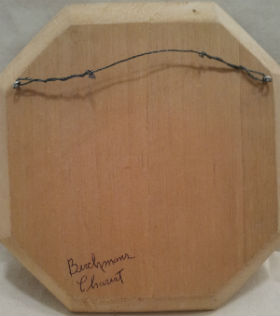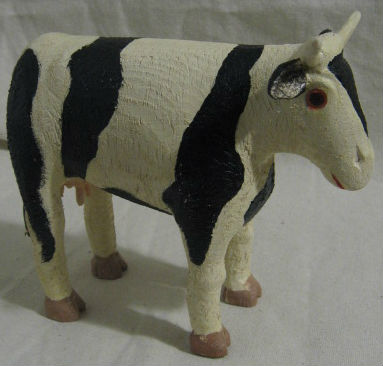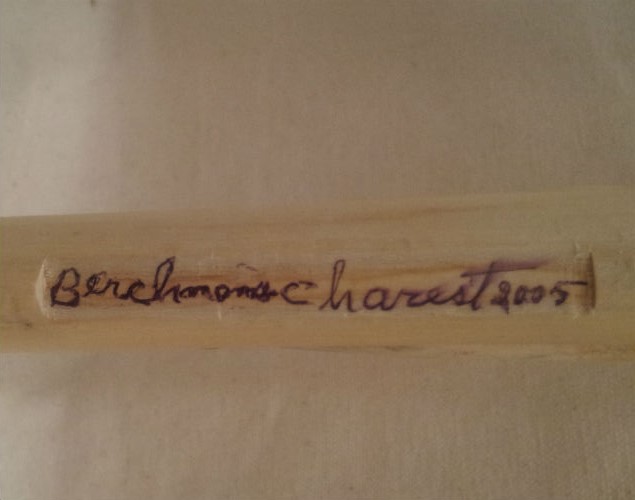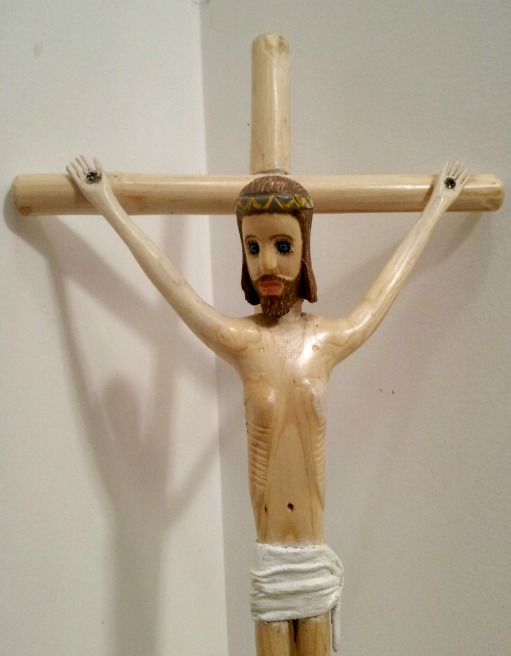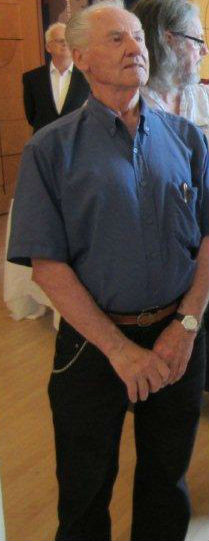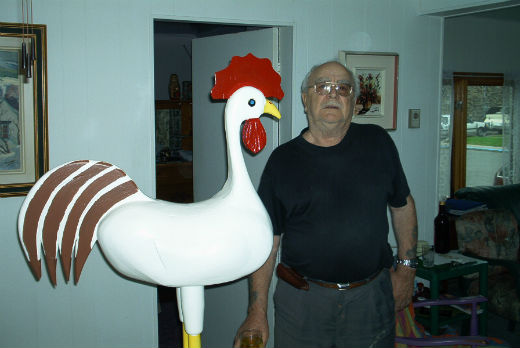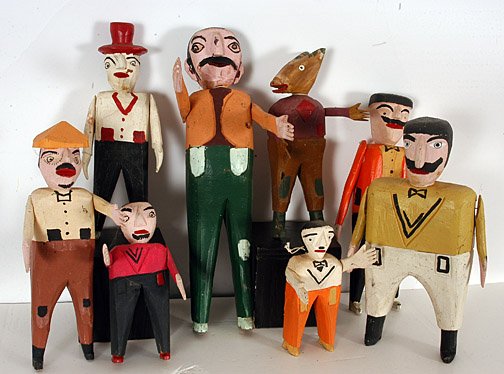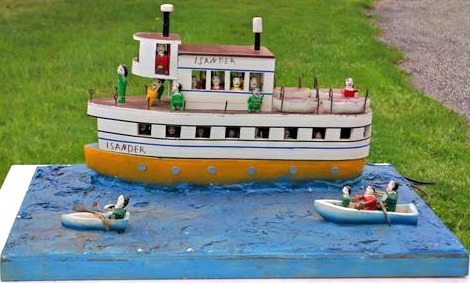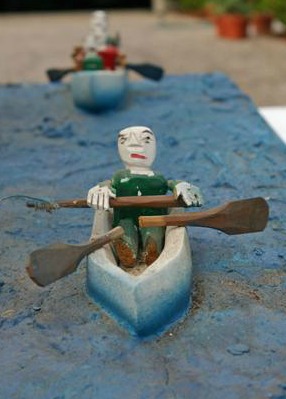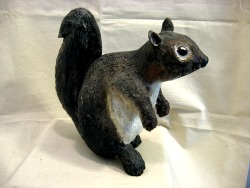Edouard McCann. Sculptor. Sillery, Quebec. Active late 20th century.
M. McCann makes naive and beautiful smaller scale carvings of people and life on the farm, as well as the animals and wildlife around it. He also carves traditional scenes and from his imagination. All in Pine wood and as found materials and all in paint. Edourd McCann signs his work.
A link to an article (in French) about Edourd McCann:
http://pages.infinit.net/cvpv/artisan/mccann/set_mc2.html
Images of Edouard McCann’s work can be seen at the link below.
A link to a biography (French Language) and writings of M. McCann’s work from Jean Provencher; a keen and charming observer of Quebec City area folk-lore and the artists there:
http://jeanprovencher.com/2011/05/31/edouard-mccann/

